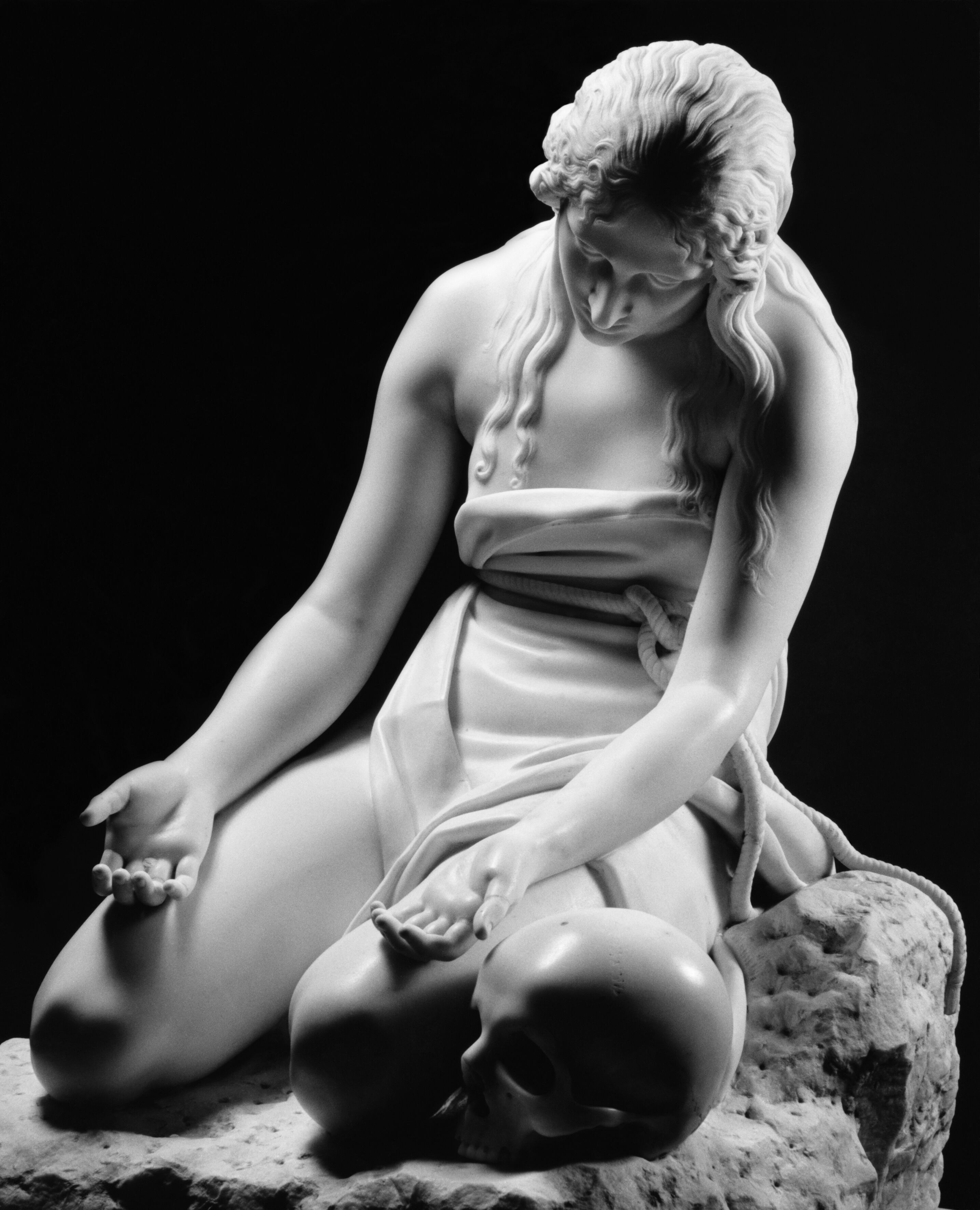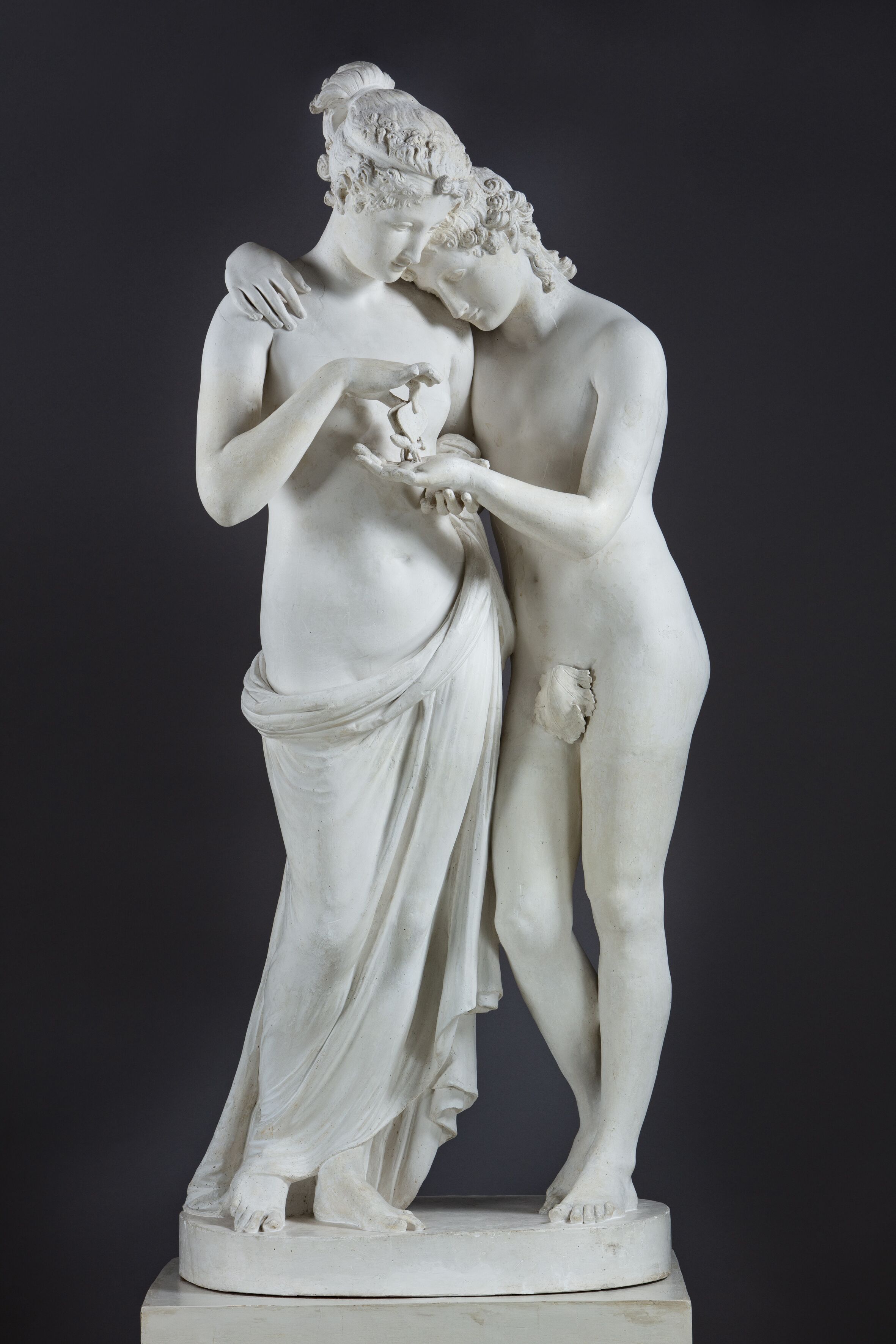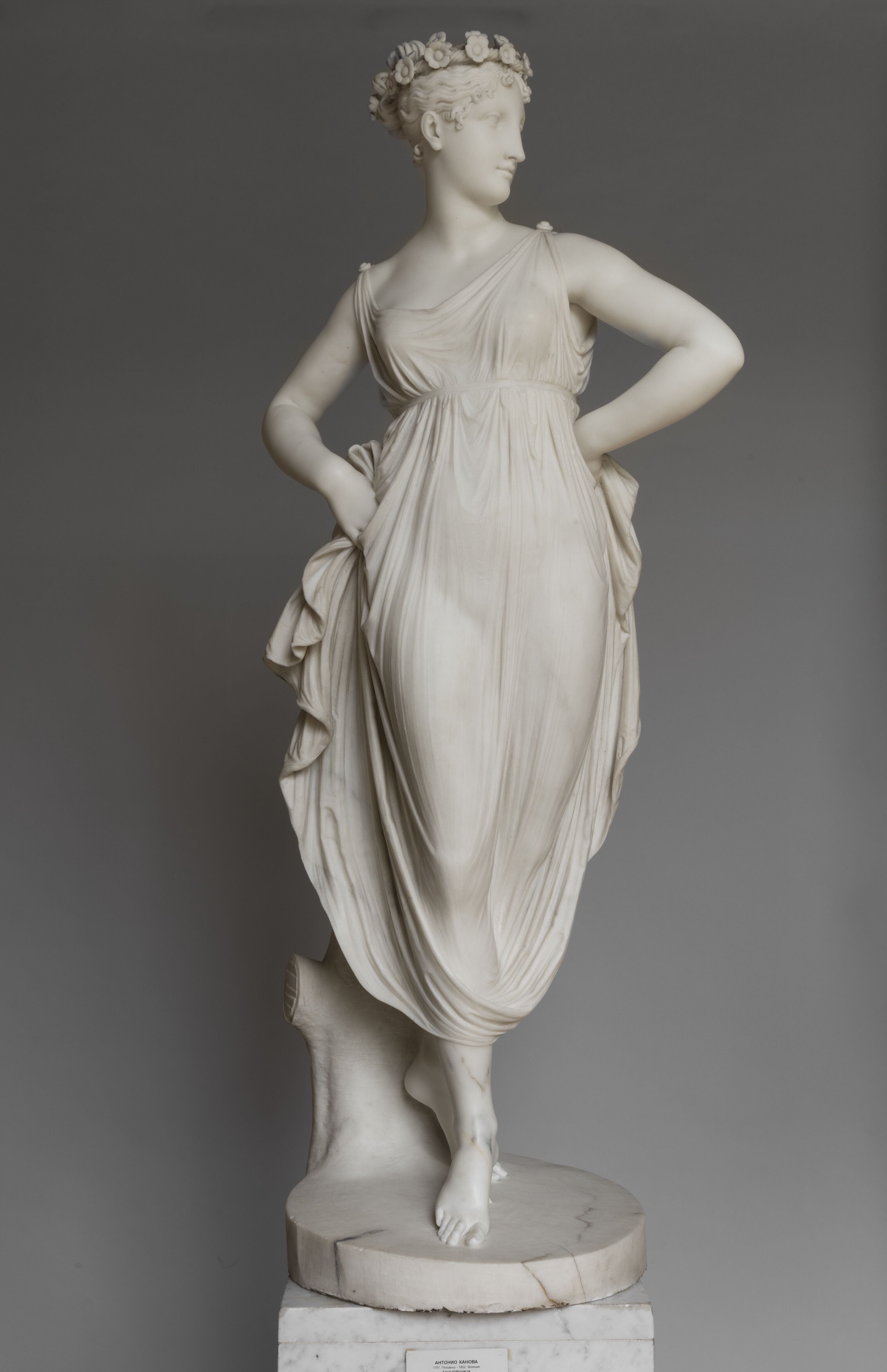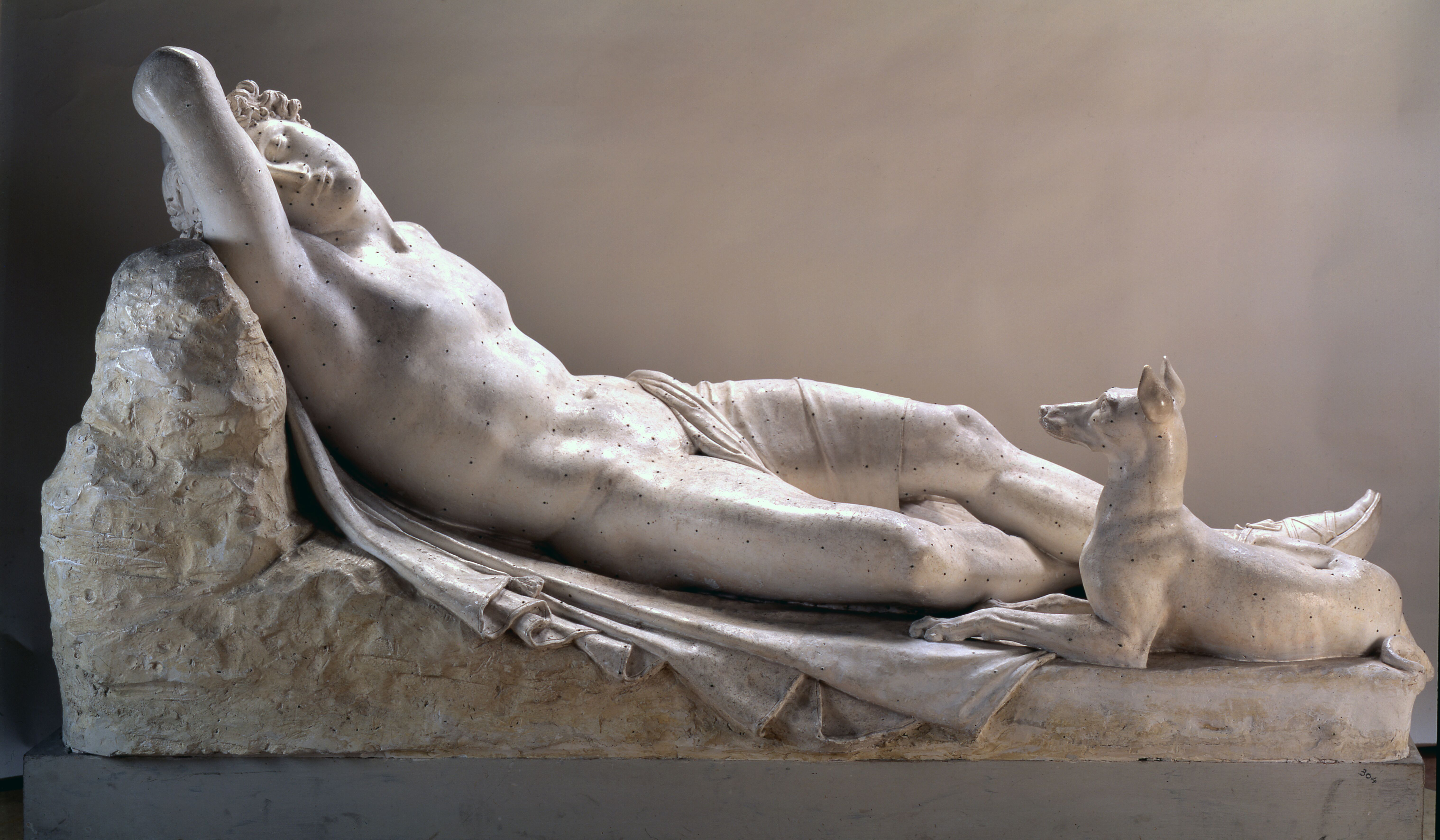More than 170 artworks, on display at Rome’s Museum Palazzo Brasch, in the exhibition “Canova. Eternal Beauty”, have been selected to show Antonio Canova’s bond with the city of Rome.
Canova’s connection with the capital city, its views, architecture and secret places, is presented in this exhibition through sketches, notes, marbles, scale models and plaster casts in different formats: from the creation of important marble sculptures such as Genio funerario Rezzonico, the work for the Funeral Monuments of Clemente XIV, Clemente XIII and the last Stuarts, to the passionate notes about Apollo and Dafne by Bernini, written in his Travel Notebook.
This exhibition deepens the artist’s perspective and helps the visitor to get into the character throughthe lighting systems which recall the warm and intimate atmosphere of XVIII century torches used by the artist when visiting the atelier in Colonnette street.
With imported artworks from prestigious international collections, “Canova. Eternal Beauty” investigates the relationship between Ancient and Modern in the Canovian vision, based on emulation instead of copying or restoring the existing..
The Ancient must be injected in the blood – said Canova – until it feels as natural as life itself.
There are thirteen sections designed to explore the artist’s relationship with the city, from his first visit in 1779 to the post mortem glorification:
1. 1779: Canova in Rome
2. The creation of the new tragic style
3. Canova and the Roman Republic
4. Hercules and Lica
5. I Boxers
6. The perfect theorem: Ancient and Modern in comparison
7. Canova and the San Luca Academy
8. Canova, Inspector of fine arts
9. Canova and the Pantheon busts
10. Last artworks for Rome
11. Canova’s atelier
12. The Dancer
13. Death and glorification

Canova’s biography and creative research of him as an artist and intellectual involved in the cultural heritage’s management and protection, offer the opportunity to explore the relationship between figurative arts, literature and politics. There is a section dedicated to the link with Alfieri’s art, the Antigone’s tragedy and the Greek tale of Cupid and Psyche, along with the vision of the temporal and religious power in the social context of the time.
Antonio Canova Maddalena penitente Marmo, 95x70x77 cm The State Hermitage Museum, San Pietroburgo © Mimmo Jodice

A great insight is also given of the relationship Canova had with the eminent sculptors involved in the creation of busts for the transformation of the Pantheon from Church to secular temple. The temple was thus dedicated to the artists and the students of the Canovian atelier in San Giacomo street which, at the time, hadan incomparable wealth of creativity and art pieces.
Antonio Canova Amore e Psiche Gesso, 148x68x65 cm Veneto Banca spa in L.C.A. Foto di Andrea Parisi

At the end of the exhibition it is possible to admire the Dancer with hands on hips, borrowed from St. Peterburg’s Hermitage Museum. A marble sculpture of extraordinary value, placed on a rotating base as Canova wished, in a room full of mirrors.
Antonio Canova (1757-1822) Danzatrice mani sui fianchi, 1806-1812 Marmo, 179x76x67 cm The State Hermitage (San Pietroburgo)* Photograph © The State Hermitage Museum, 2019 Foto di Alexander Lavrentyev

The exhibition will be open till March 15th 2020, with a calendar full of events curated by professionals in the field and dedicated to a number of aspects of Canova’s life and art works: friendships, social relationships, technical notes about the sculptor’s work, philosophical insights, artistic avantgardes, politics, diplomacy and historical events.
Antonio Canova (1757-1822) Endimione dormiente, 1819 Gesso, 183x85x95 cm Possagno, Gypsotheca e Museo Antonio Canova 2019, Possagno (TV), Fondazione Canova onlus – Gypsotheca e Museo Antonio Canova | Archivio Fotografico interno Foto di Lino Zanesco
“Canova. Eternal beauty”
Promoted by Capital Rome’s Department of Cultural Growth
Produced by the Capitoline Superintendence of Cultural Heritage and Arthemisia
Organised with Zètema Culture Project
Curated by Giuseppe Pavanello
Created in collaboration with San Luca’s National Academy and with Possagno’s Gipsoteca Museum of Antonio Canova.
Art pieces from: St. Petersburg’s Hermitage Museum, the Vatican Museums, Antonio Canova from Possagno Gipsoteca Museum, Bassano del Grappa’s Civic Museum, Capitoline Museums, Venice’s Correr Museum, Naples’ Archeological National Museum, the Fine Art Academy of Bologna, Ravenna and Carrara, San Luca’s National Academy, Toulouse’s Museum of Augustins, Strada Nuova Museums – Tursi Palace of Genova, Civic Museum of Asolo.
On display until March 15th 2020 at Rome’s Museum.